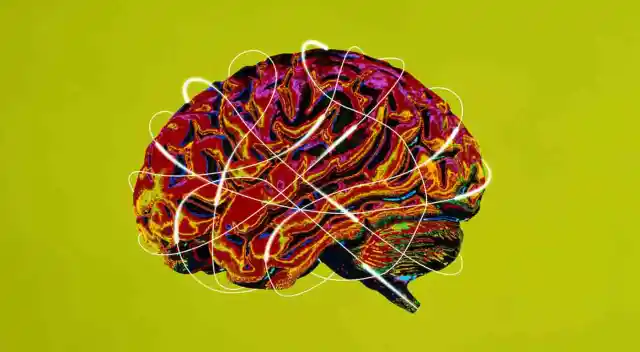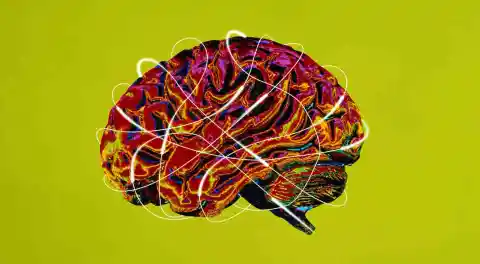

A study released on Friday, September 18, revealed that, of 91 former National Football League (NFL) players tested for Chronic Traumatic Encephalopathy, or CTE, 87 tested positive. The study was conducted at Boston University’s Department of Veterans Affairs.
CTE is a degenerative disease triggered by repeated trauma to the brain, such as the many concussions suffered by NFL players. There is a limited amount of information available about CTE because it can only be diagnosed postmortem. Currently, known symptoms of CTE include a depressed mood, change in cognition such as memory loss, change in behavior such as increased aggression, and occasionally motor disturbances such as loss of balance.
All 91 of the former NFL player studied were deceased at the time of the study and donated their bodies to science. Because 87 tested positive, that means a whopping 96% of the players tested positive for CTE. Considering each NFL team (let alone members of the entire NFL) is allowed 53 players, the implications of this are vast and far-reaching.
The NFL released a statement about the study’s results, stating, “We are dedicated to making football safer and continue to take steps to protect players, including rule changes, advanced sideline technology, and expanded medical resources. We continue to make significant investments in independent research through our gifts to Boston University, the [National Institutes of Health] and other efforts to accelerate the science and understanding of these issues.” The NFL also helped fund the study.
This is not the first time concerns have been raised about the mental health of professional athletes. Some athletes who committed suicide were shown to have CTE, and many athletes who suffer from depression are thought to suffer from CTE, though it is impossible to diagnose while they are still alive.
Though the fact that CTE can only be diagnosed posthumously is scary, the scariest element of the disease is that it is unknown what triggers the deterioration of the brain. CTE is known to be caused by repeated brain trauma, but it sometimes doesn’t begin until months, years, and in some cases, decades after the latest trauma. Many researchers are working hard to uncover more about this degenerative and destructive disease.